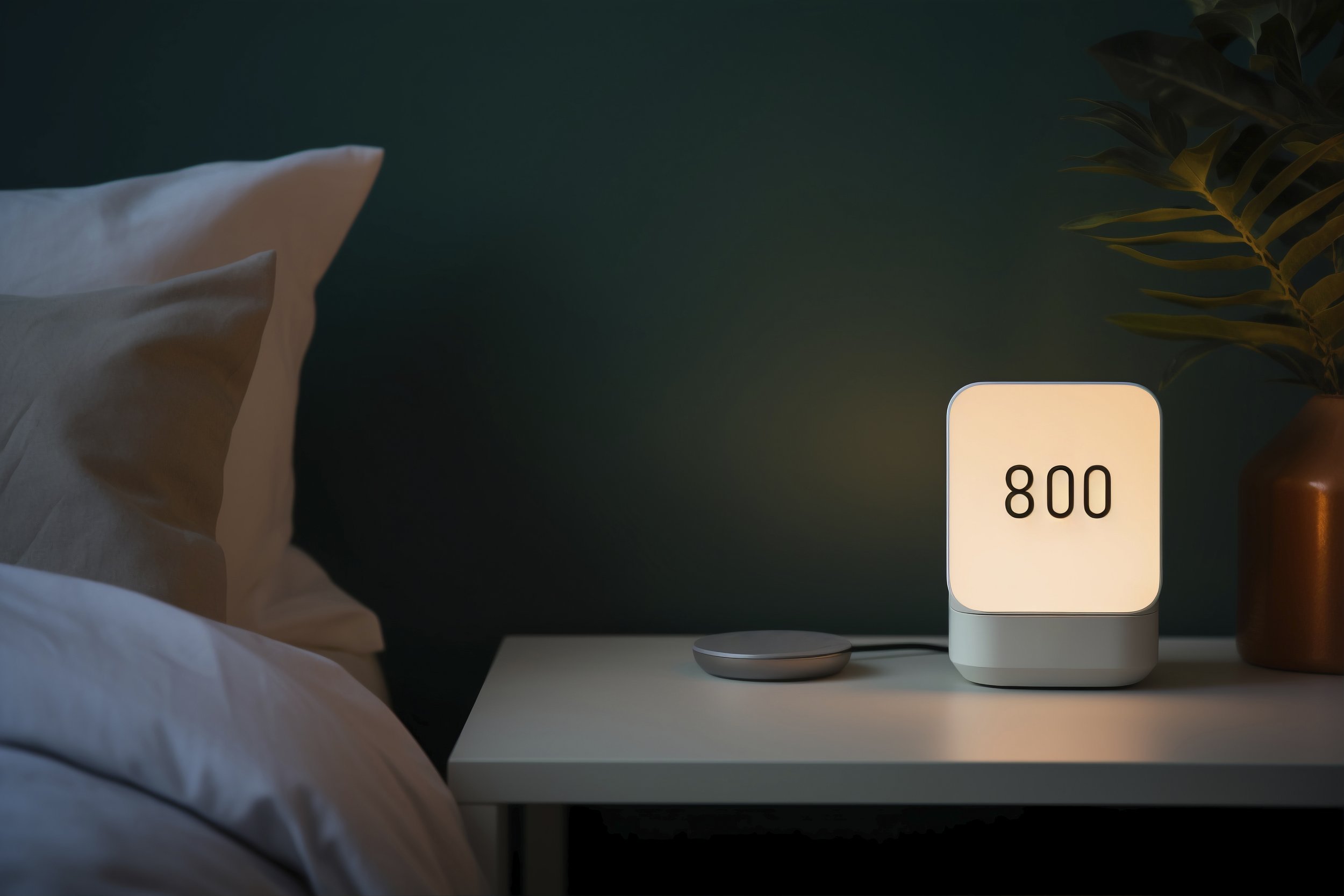Validation of Automated Detection of REM Sleep without Atonia Using In-Laboratory and In-Home Recordings
RBD requires a sleep study to confirm diagnosis, which has meant spending the night at a sleep center. However, home-based testing would make it easier for patients to be diagnosed, as well as more feasible to screen large populations for RBD.
A recent study led by NAPS investigators Drs. Erik St. Louis and Brad Boeve from Mayo Clinic validated the use of an in-home sleep recording device to detect REM sleep without atonia. This condition, where muscles remain active during REM sleep, is essential for diagnosing RBD. The study found that the in-home device could automatically detect REM sleep without atonia, with results that closely aligned with those from full sleep studies conducted at sleep centers. This research represents a significant step toward enabling accurate at-home diagnosis of RBD.

